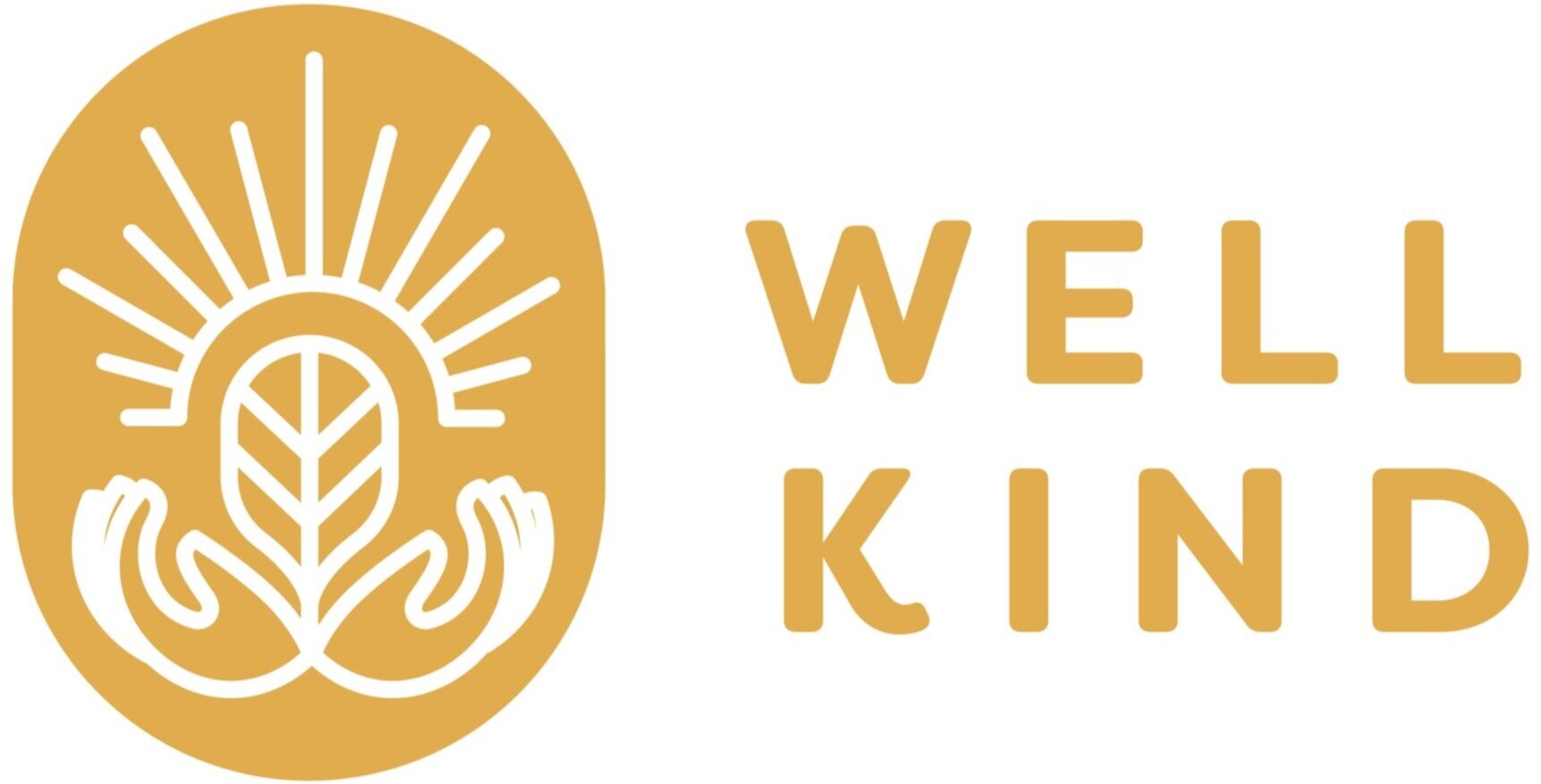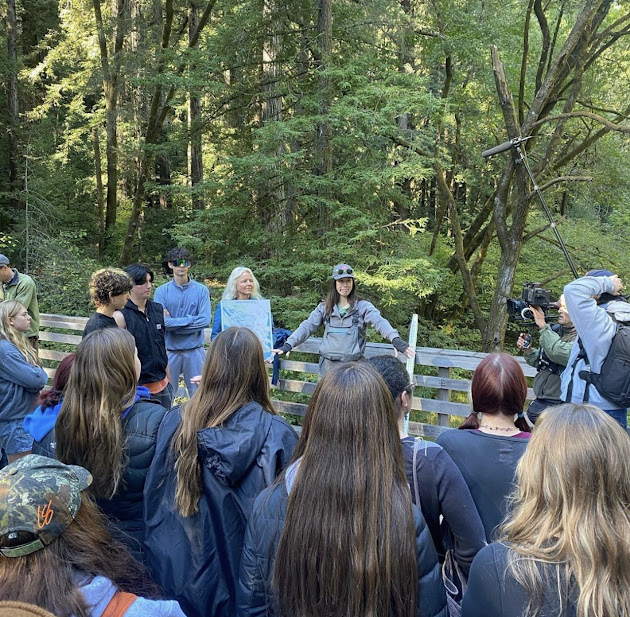At first glance, forests and oceans look like contrasting ecosystems. One is a tree-filled biome on land, while the other is a saltwater-filled expanse covering most of our planet. But despite their differences, forests and oceans are strongly connected. They depend on each other to be healthy, especially with climate change looming large.
Read MoreAs the impacts of climate change and other human activities become more and more severe, we must learn how best to protect forests so that they continue to sequester carbon. Understanding forests is the most important part of learning how to protect and maintain them, which is why scientists and researchers have arrived at an essential question: Why do old growth forests sequester more carbon than newer forests?
Read MoreAs climate change continues to intensify and we approach the point of no return, it’s imperative to face the problem head-on, to truly look at it for what it is. Despite all the efforts made by activists, many countries show no signs of showing meaningful progress to alleviate the problem that is climate change as more and more forests are being cut down to be transformed into land for human development. It has gotten to the point where every second, a soccer field’s worth of forest—-1.76 acres—-is cut down (Carrington et al., 2018). Many of these trees can’t simply be replaced by planting new ones.
Have you ever wondered what connects trees and fish? On November 3rd, 2022, students from Tamalpais High School and Archie Williams High’s SEADISC program (Students of the Environmental Academy Doing Integrated Science Curricula) explored the fascinating connections between oceans and forests. Students met with representatives from three exciting organizations: WellKind, the Salmon Protection and Watershed Network (SPAWN), and the Archangel Ancient Tree Archive.
The Archangel Ancient Tree Archive taught them about seed banks and cloning old-growth trees, and SPAWN taught them how salmon reproduce through spawning. Then, those topics were combined. The students learned about how salmon bring nutrients up from the ocean, and how once they die after spawning, those nutrients are absorbed by the soil and tree roots, eventually aiding in tree growth.
Read MoreAs Anton Chekhov once wrote, “Life on earth is inconceivable without trees.” His words ring just as true for oceans as it does for the land. It may not be obvious, but trees play a critical role in maintaining waterways and oceans.
Read More
Ancient trees are classified as being far more matured than other trees in their same species. They help the environment in many ways: holding large amounts of carbon, purifying water, giving animals habitat, providing shade for soil, and offering food for many species (Brenna, 2016). Here are more reasons why we need to save ancient trees.
Want to get your students out of doors and learning science, ecology, nutrition, and more? On September 16th, WellKind will be accepting applications for mini-grant proposals from Sonoma County public schools that are creating or sustaining a garden or are taking on garden-related projects.
Our Garden Program partners with 23 schools, serving over 8,000 youth. Eighty-seven percent of our partner schools are supported by the federal Title 1 program, which provides funding assistance to schools serving large numbers of students from low-income families. Through the September 2022 mini-grant application process launch, we hope to reach even more schools and students as well as continue to assist schools that have received garden grants in the past.
Read MoreAs flames from a 2018 wildfire encroach on Mendocino, local system personnel dwell over what to write in emergency messages. So much so that by the time the message is sent, the city’s cell phone towers are down, resulting in 56% of the 4,272 emergency alert calls failing, according to the Bay Area News Group (2019). During similar fires in Napa County, fire warnings were only received by residents who had opted-in to an emergency notification system, leaving many residents in the dark.
Longer and more severe fire seasons on the West Coast due to climate change have exposed a greater issue in many communities: a lack of a reliable, inclusive emergency communication system.
Read More








